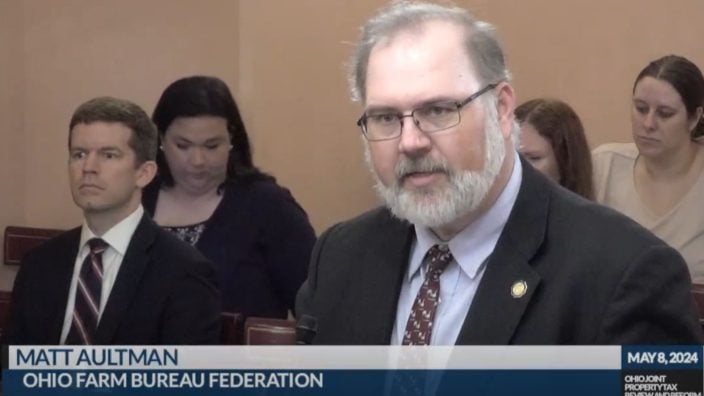Property tax policy under discussion
OFBF annual meeting delegates will discuss how or if current Farm Bureau policy should be modified in light of various property tax proposals.
Read MoreDuring his testimony, Aultman added that ensuring that agricultural property is valued for its agricultural potential and not development is critical to the continued success of Ohio agriculture.
Matt Aultman, a Darke County farmer and Ohio Farm Bureau state trustee representing Champaign, Clark, Darke, and Miami counties, testified before the Joint Committee on Property Tax Review and Reform earlier this month. The committee is tasked with looking at long-term solutions for CAUV and residential property tax values, as substantial increases in property taxes are being realized in all facets, including the Current Agricultural Use Value program.
“The issue of property taxation remains as one of the biggest challenges our members face today,” Aultman told the committee. “The property tax bill always comes due, whether we face floods, droughts or any other unpredictable events, and the volatility in the current system is frankly leaving many farmers struggling to turn profits year in and year out. Finding a way to limit volatility in our property tax system must be accomplished so that we are not only not taxing residents out of their homes, but so that the backbone of Ohio’s economy – agriculture- can continue to survive.”
Aultman stressed to committee members that CAUV should not be only viewed as a tax saving tool for members; it must also be seen as a farmland preservation tool.
“This program allows me to remain profitable and implement new practices on my operation that keep me competitive,” Aultman said. “Many critics of CAUV cite it as a ‘barrier to development.’ Whether that be energy, housing or other forms of development, I can tell you CAUV is not a barrier to these whatsoever. Ohio has lost nearly 300,000 acres of farmland in the last five years, and more than likely none of those will ever come back. Ohio agriculture creates food security, and food security is national security. Setting state policy that balances our state’s growth with our agricultural heritage is the best option for Ohio’s future.”
Aultman also serves as a county commissioner, so he asked the committee to keep in mind that agricultural land uses fewer services than other types of property, does not send children to school, and therefore represents a net tax gain even with CAUV valuations. He also acknowledged that the committee has heard testimony that characterized the latest re-evaluation cycle as an “outlier,” meaning the increases many saw were unusual and the system would possibly correct itself moving forward.
“This may be true in the case of residential property, but CAUV property is no stranger to these valuation spikes,” Aultman said. “2023’s re-evaluation in Darke County saw a 94% increase in average CAUV values, and unfortunately, this is nothing new. In the last seven revaluations, going back nearly 20 years, our average CAUV values increased more than 100% five times. This is an unsustainable trend that has made it very difficult for farms of all sizes to remain profitable.”
During his testimony, Aultman added that ensuring that agricultural property is valued for its agricultural potential and not development is critical to the continued success of Ohio agriculture and that reducing the volatility for all property owners will help our state continue to prosper.
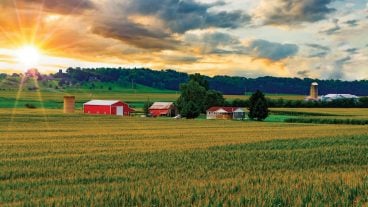
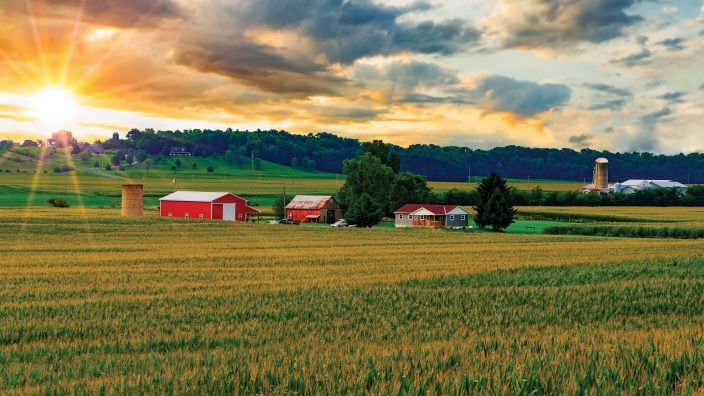
OFBF annual meeting delegates will discuss how or if current Farm Bureau policy should be modified in light of various property tax proposals.
Read More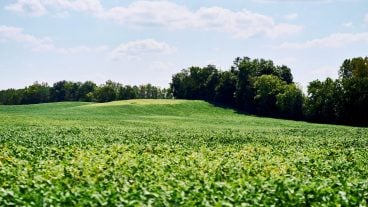
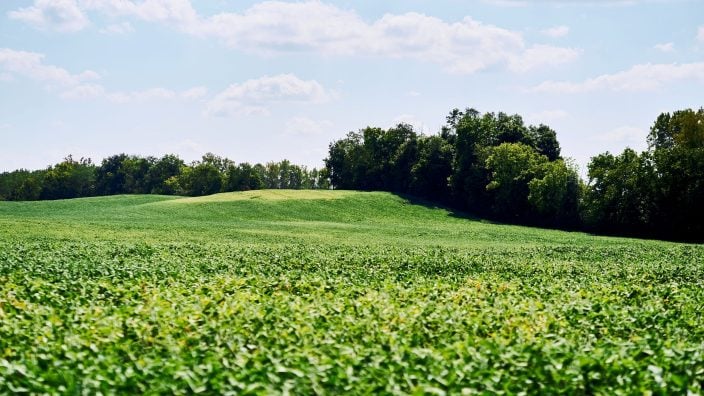
In 2025, about 21 counties are going through a reappraisal or update, and because Ohioans pay taxes one year behind, they will see new property tax bills in January 2026.
Read More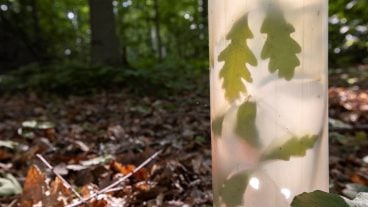
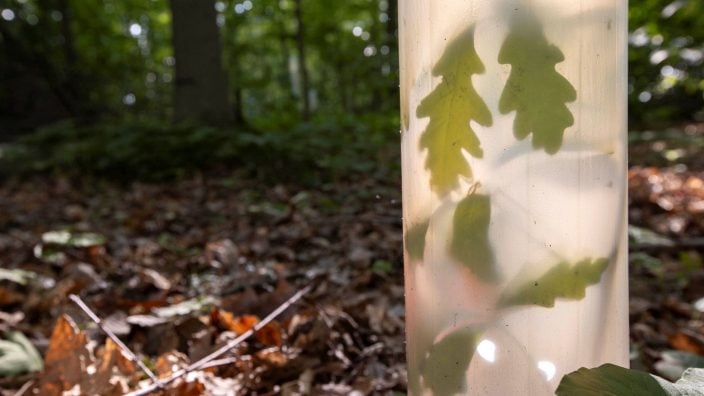
Overall, proper care, maintenance and communication are all essential parts of the process when it comes to trees.
Read More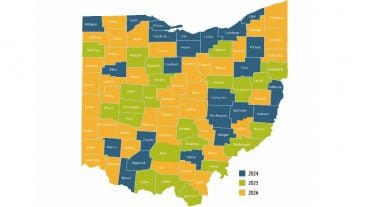
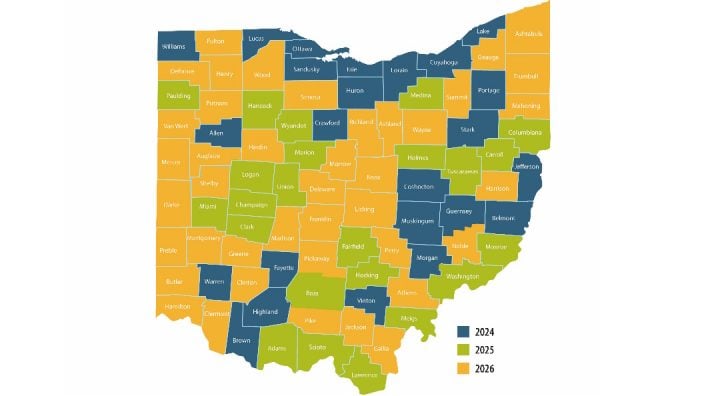
This will apply to the 23 counties on the revaluation cycle in 2025, who will see updated values and tax bills in January 2026.
Read More

‘We never stop pushing to ensure farmland taxation is fair and reflects the realities of agriculture.’ ~ Mandy Orahood
Read More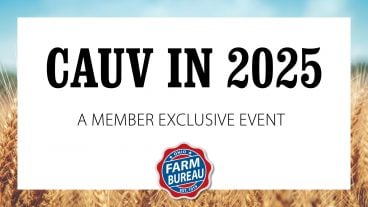

In this recording, learn about the recent increases in Ohio CAUV values, gather information to help you understand the property tax system, and get an update on legislative action.
Read More

Join us for an informative session March 8. Experts will explain recent changes, answer your questions, and help you better understand how CAUV impacts you.
Read More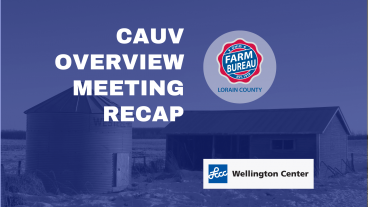

Lorain County Farm Bureau hosted a CAUV meeting Jan. 30, 2025 at LCCC Wellington Center presented by the Lorain County Auditor’s Office and Lorain County Farm Bureau.
Read More

Join Ohio Farm Bureau for a free webinar Feb. 11 to discuss the recent increases in CAUV values, Registration is required.
Read More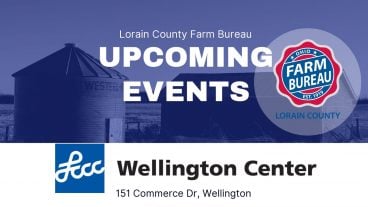

Join us Jan. 30 for a CAUV Overview Meeting at Lorain County Community College.
Read More